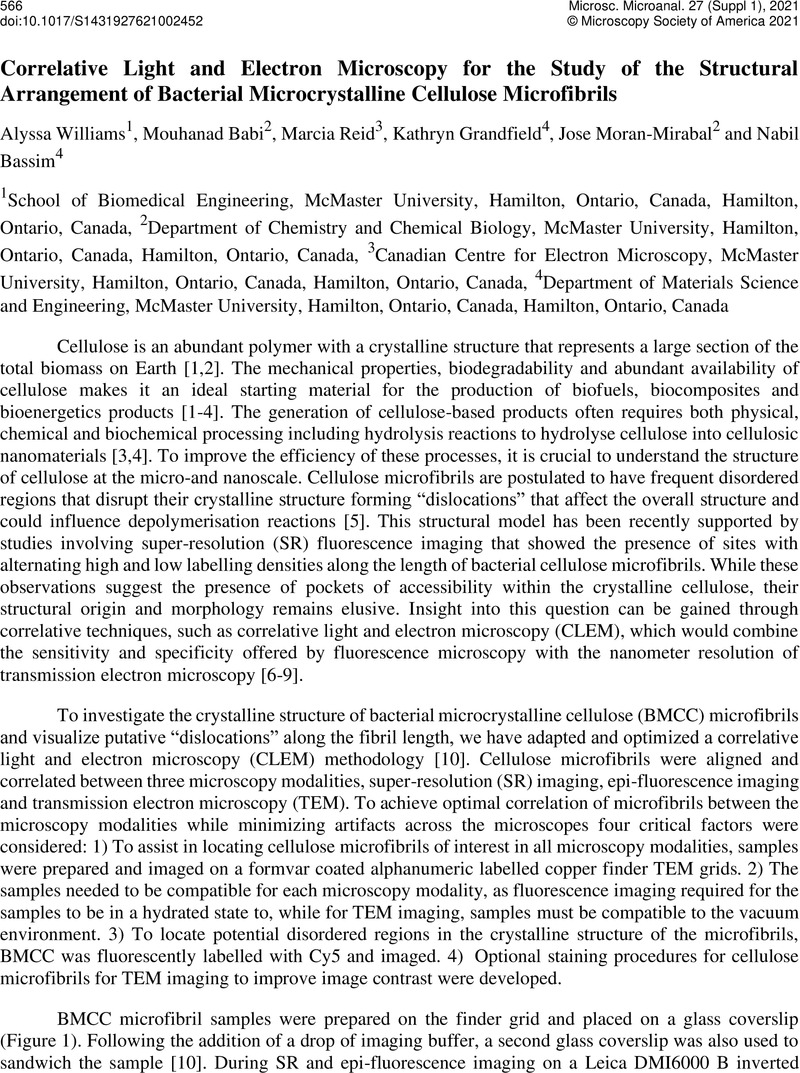Crossref Citations
This article has been cited by the following publications. This list is generated based on data provided by Crossref.
Zajki-Zechmeister, Krisztina
Kaira, Gaurav Singh
Eibinger, Manuel
Seelich, Klara
and
Nidetzky, Bernd
2021.
Processive Enzymes Kept on a Leash: How Cellulase Activity in Multienzyme Complexes Directs Nanoscale Deconstruction of Cellulose.
ACS Catalysis,
Vol. 11,
Issue. 21,
p.
13530.



